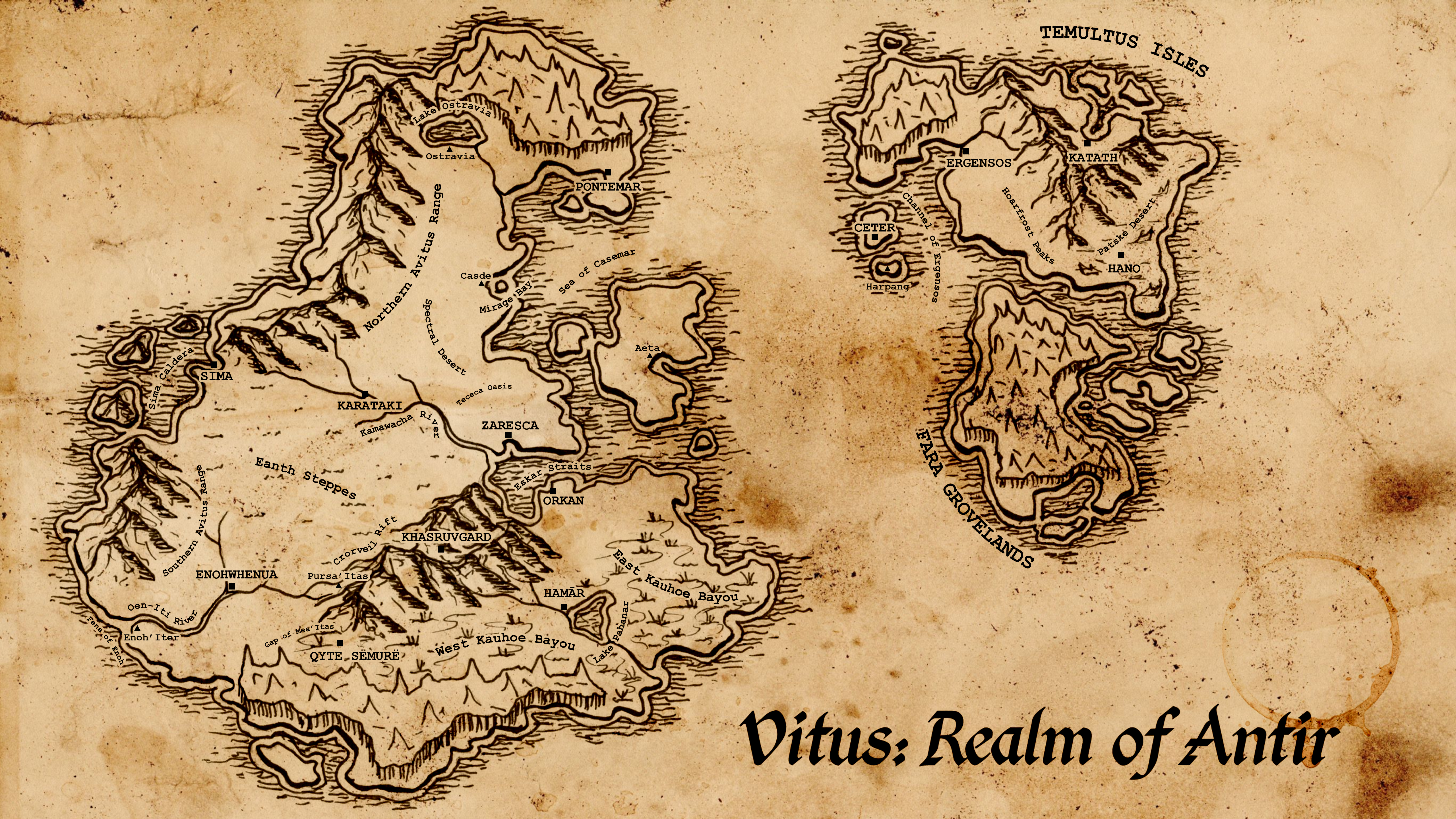Mantuā Repo
The Mantuā Repo are often disregarded by others as backwards or uncivilised, simply for their preferred areas of habitat; bogs, marshes, and swamps. They live in family units, much like some Eptani, though their homes are submerged under the dark waters of the bayou.
They are possibly descended from a recent common ancestor with the Eptani and Tikka, sharing the same genus of 'Eptanis' and although rare, allowing hybridised offspring, though this is disputed.
Basic Information
Anatomy
Anthropoid and bipedal with a strong build, they have a thick skin that is usually ranging from murky greens to browns. Their skin is rougher than their cousin species, with a slightly bumpier texture. Their feet and hands have a very small amount of webbing between the digits, and the elbows have a small protruding spiny fin about 2-3cm long. The same small spines appear on their eyebrows, instead of hair, though without any fin and only a few mm long. These spines start on the tip of the nose, running up in a single line before splitting into two for the eyebrows. These spines first evolved as a display of how fit and healthy an individual was, and they appear on both males and females. They also sport dual fangs on both the upper and lower jaw, for a total of eight.
Similar to the Eptani, they also have a pair of spiny fins that sit diagonally on their upper back, arranged in a "V" shape, although not meeting at the bottom. The spines are angled downwards and often sport strong purple colours. These fins can still be moved, and when erected the sharp bony spines extent outwards. Unlike the Eptani however, their spines do not have any venom, having lost it due to the Kauhoe Disorder.
Like the Sëmutera, the tops of their hands and feet, and all the way up their forearms and shins there is a hard leather-like patch, like a growth, and it is suspected to be caused by the Kauhoe Disorder.
Growth Rate & Stages
They continue developing until they're about 14 years old, being considered children up until the age of 8, and finally becoming adults at 14. They have no concept of an Elder. Unlike the Sëmutera, the Kauhoe Disorder appears to have lowered their lifespan, from a previous 120, to the now more common 100.
Additional Information
Perception and Sensory Capabilities
Their noses and sense of smell are weak, having diminished to deal with (or because of) the toxic miasma and stench of the bayous. Their sense of touch in their hands however, is very sensitive, and they are able to "see" with the touch in their hands if necessary. This is particularly useful when the waters become too murky and visibility drops. They also have a keen sense of hearing when outside of the water, and ears that can move independently of one another with ease. These ears have a jagged edge, and are more conical in shape than is typical for other species. They are often classified as amphibian, and have an extra eyelid that is transparent; they can use this when swimming in clearer waters, lakes, or ponds.
Civilization and Culture
Major Organizations
Often across swamplands or low lying wetlands, they predominantly call Hamār and the greater Kauhoe Bayou their home, with occasional settlements in densely forested areas. They is also a notable minority in Orkan and Aeta.
Major Language Groups and Dialects
Scientific Name
Eptanis (disputed) Mantuaa
Origin/Ancestry
Eptani (disputed)
Lifespan
100 Years
Average Height
1.7-2.1m
Average Weight
55-100kg
Geographic Distribution
Related Ethnicities



Comments